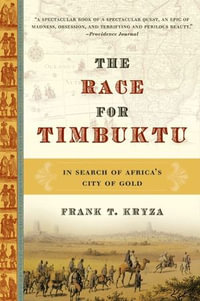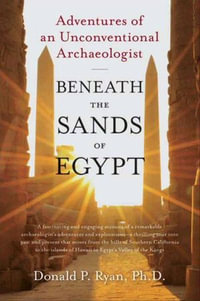For over a century our knowledge of Egypt's Western Desert during the Third Intermediate Period relied almost entirely on the Greater and Smaller Dakhleh Stelae. These two significant documents were purchased by Henry Lyons in 1894 in Dakhleh Oasis and indicated the existence of a substantial temple at Mut al-Kharab dedicated to the god Seth. Apart from these sources, very little information from the Western Desert could be dated to this period. Excavations at Mut al-Kharab began in 2000 and in recent years, evidence from the Third Intermediate Period temple has grown considerably. A range of artefacts has been unearthed, including decorated temple blocks, stelae, ostraka, in situ architectural remains, other small finds, and a large collection of well-dated ceramics. The scale of evidence suggests Mut al-Kharab was probably the most significant Third Intermediate Period site in the Western Desert.
In light of this new material, a re-examination of activity in the Western Desert during this period has been possible. This volume presents all the available evidence relating to the western oases during the Third Intermediate Period, with a particular focus on the ceramics. Occupation appears to have been more widespread than the limited evidence previously suggested, and these oasis communities were closely connected to the populations in the Nile Valley. The Egyptian central administration continued to be interested in the Western Desert, although political control does not seem to have been consistent. Moreover, subtle yet distinct variations in the material record, including aspects of pottery traditions and religious practices, may reveal the existence of an oasis culture. As such, we are developing a much clearer picture of activity in this region.

























